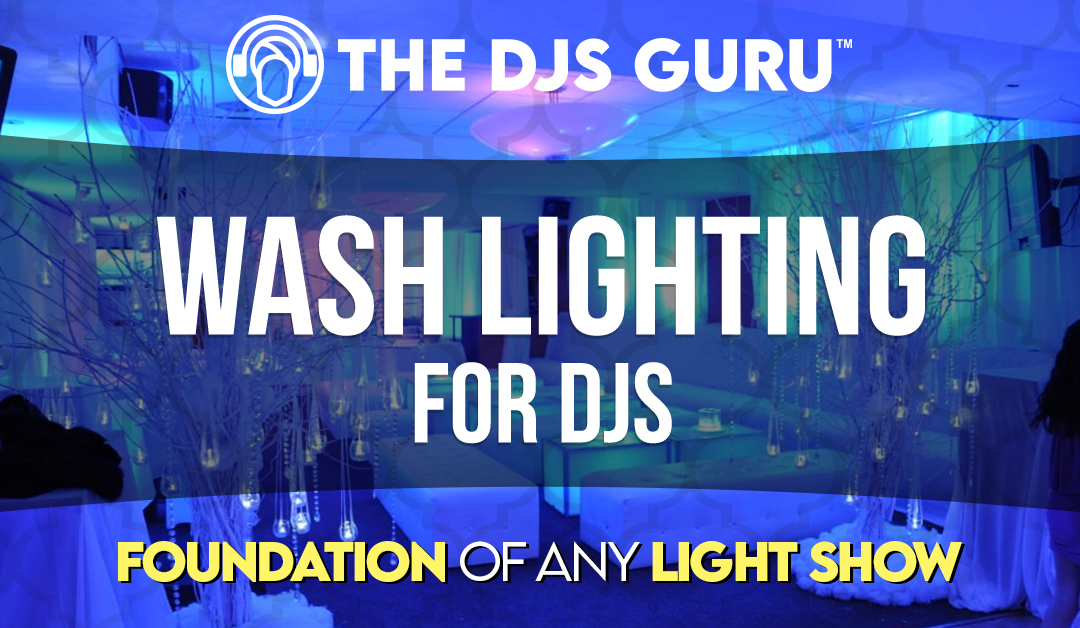Building a light show isn’t technically a hard task; creating an impressive light show, however, takes a bit of thought. Instead of simply picking up whatever light catches your eye, it’s best to start with the right foundation. Just as a painter needs a canvas on which to paint their masterpiece, DJs need to base their light show on the most well-rounded, versatile tool available. That light is the wash light, and in this article on wash lighting for DJs, we’ll talk about what wash lighting is, why its important, and how you can incorporate it into almost every event that you do.
CHECK OUT OUR GREAT SELECTION OF WASH LIGHTS FOR DJS
Why wash lighting?
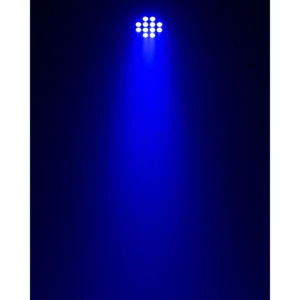
Wash lighting is essential for an effective light show. It serves many purposes, but one of these rises above the others. At its core, good wash lighting is important because it allows DJs to dim or completely turn off overhead lighting in the venues we perform. Harsh overhead lighting is not conducive to dancing, partying, or letting loose. People are much less willing to open up or get out of their seat when their actions are in full view of everyone in the room. Additionally, the stark white light of many venues’ fluorescent lighting isn’t quite setting the mood we as DJs are going for. Psychologically, you want to do everything you can to create an inviting atmosphere for partygoers.
Other DJ lighting types, while eye-catching and important, simply don’t provide enough light to effectively fill many spaces. People like dancing in the dark, but most don’t want it to be nearly pitch black. At private events, this may merely be an annoyance to the guests. Some events, like school dances, even require that there be a certain level of ambient light. Often, DJs without quality wash lighting are forced to leave on at least some of the venue’s lights. This creates an odd, discordant lighting pattern of color and ambiance in one half of the room and “office-space” venue lighting in the other.
Wash lighting for DJs – a Jack of all trades
There’s another reason that wash lighting should form the base of any light show – it’s extremely versatile. Lasers, strobe lighting, effect lights, and even moving heads may not fit the vibe of every event. Often, these fixtures require at least some level of 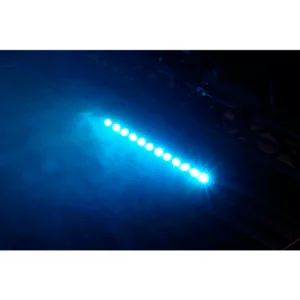
Wash lighting, on the other hand, can blend in practically anywhere. From the most relaxed and reserved cocktail hour to the wildest college rager, wash lighting has a place. Need to set the vibe for a romantic valentines dinner and dance? Fill the room with a dim, warm red light. Looking to envelope a space in a deep blue for an ocean or space-themed event? Then, when the energy turns up, good wash lighting can instantly transform into an eye-catching strobe or pulsing dancefloor effect.
CHECK OUT OUR GREAT SELECTION OF WASH LIGHTS FOR DJS
How to choose wash lighting
OK, so I’ve convinced you. You know that 1) you need to build your show around wash lighting or 2) you need to add some wash lighting to your show ASAP. So where should you start?
Par cans
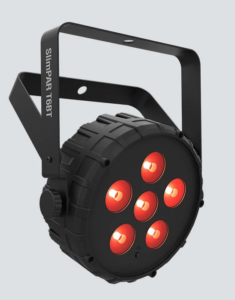
LED bars
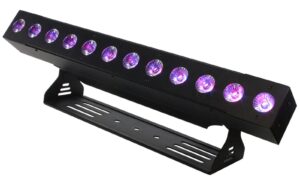
Purpose-built wash lights
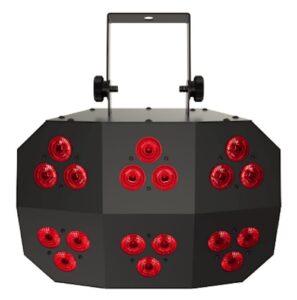
No matter the type of wash lighting, two important specs to pay attention to are brightness and LED colors. In our opinion, brighter is better, as you can always dim a light. However, if you arrive at a venue and find that it’s bigger than expected, you’re always limited by your light’s max brightness. In the past, wash lighting was limited to only RGB (red, green, and blue) LEDs. Nowadays, quad (RGB-White), penta (RGBW-Amber), and even hex (RGBWA-Ultraviolet) fixtures are affordable.
More LED colors allow for richer, brighter palates. Colors like hot pink and lime green, for example, are only truly attainable when you add a UV LED. And even better, additional LED colors open up new uses for your lights – cool white diodes function great as strobes, while ultraviolet diodes can let you do UV parties without hauling extra blacklights.
CHECK OUT OUR GREAT SELECTION OF WASH LIGHTS FOR DJS
Setting up and using wash lighting
Owning wash lights is great but using them effectively is even more important. Wash lighting should be set up high in the air, aiming down at the space to be illuminated. A t-bar, totem, truss, or even the top of a speaker cabinet can be used. The exception would be venues with lower white ceilings where DJs wish to wash the ceiling, using reflected light to illuminate the space. In this case, lighting can be pointed upward, but we still recommend never placing lights on the floor or DJ booth as you don’t want to blind guests.
Automatic programs built into the light are fine, but even a basic DMX controller or lighting remote makes wash lighting much more effective. Both give DJs the chance to dial in solid colors to match décor or flowers. When the dancing starts, using a DMX controller or remote to change programs from the DJ booth without reaching up to the light manually makes the transition more seamless and professional.
Wash lighting for DJs – final thoughts
Hopefully, it’s easy to see why we recommend that all DJs build their light shows around quality wash lighting. From providing a more inviting atmosphere to serving as the “do-it-all” lighting tool, wash lighting is a must for DJs who are serious about their light show. Just like a painter needs a canvas, DJs need wash lighting to set the scene for successful events.

